THe NAture museum
An artist cannot exaggerate the sun (1883-1888)
Can’t see the forest for the trees (1840-1993)
Collection of the Coast Exploration Society, 1978-1988
Bats, Mangroves, Durians, Reservoirs, Tilapias & Floods : The Francis Leow Archives
All images by the ICZ
bats, mangrove, durians, reservoirs, tilapias & floods: The Francis Leow Archives

This section assembles some of the papers, photographs, and objects of Francis Leow (1935-2005), acquired by the Institute after his death. Unlike many amateur naturalists of whom the term “dabbler” might be true, Leow was an avid researcher who spent much of his life meticulously documenting Singapore’s biodiversity and ecology through field-work. He developed volumes of field research and subsequently presented his findings in a series of some 100 papers and proposals. Professionally, Leow was personal assistant to Humphrey Burkill, the director of the Singapore Botanical Gardens from 1957-1969.
Leow was not a trained biologist, but wrote numerous scientific papers over the course of his life. He was never taken as a serious researcher, and his papers were disregarded as amateur jottings, mostly because they made use of social histories and personal anecdotes to make often far-fetched claims. Much of Leow’s work revolved around Singapore’s waterways because of his childhood in stilt houses of what was once the Pandan mangrove, now a freshwater reservoir.
Highlights of the Francis Leow Archives: Selected Summaries
Bats, Mangroves, and Durians
In 1967, Leow wrote but never formally published a paper, Bats, Mangroves, and Durians.The paper drew on personal observations about the decline of durian trees near Pandan reservoir to make a series of claims about the ecology of the area.
The genesis of the paper was a series of observations Leow had made during his quarterly durian hunting expeditions in search of the durian. Every season, there were less durians being harvested.
Leow relies heavily on Walter William Skeat’s 1900 Malay Magic: An Introduction to the Folklore and Popular Religion of the Malay Peninsula, which details a deep spiritual connection between durian trees and their “demonic, blood-sucking guardians”: bats.
As Leow writes: “we are today inclined to dismiss the ancient folk knowledge of this island’s earliest inhabitants, but that is the greatest arrogance. What we understand as “pollination,” the old Malays of the island described as the “custodianship” of bats.
The paper goes on to argue that the decline of durian numbers must be connected to declining bat populations. The paper further attributes this decline in bat populations to recent reclamation activities in the Pandan area, which had converted the old Pandan mangroves to a freshwater reservoir.
These were only theories, and Leow could not establish these connections. It was only after Leow’s death that scientists confirmed that the only pollinator of durian trees is the Cave Nectar Bat. They also established that local populations of cave nectar bats have been on the decline because of the loss of green cover and mangrove areas which are a major source of food and shelter.
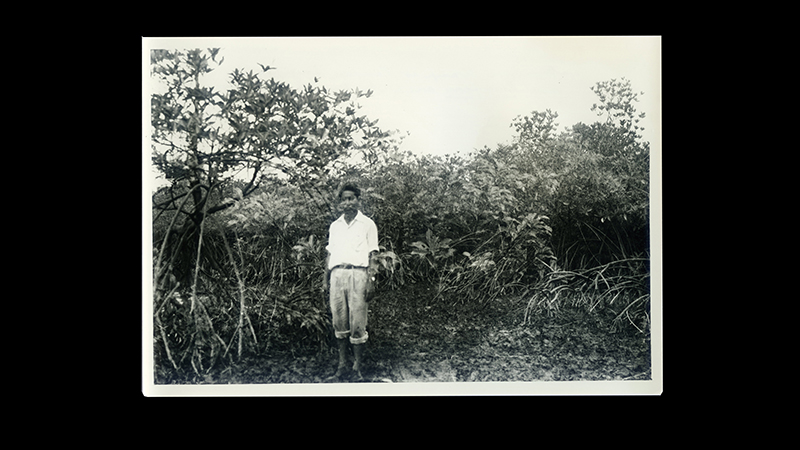
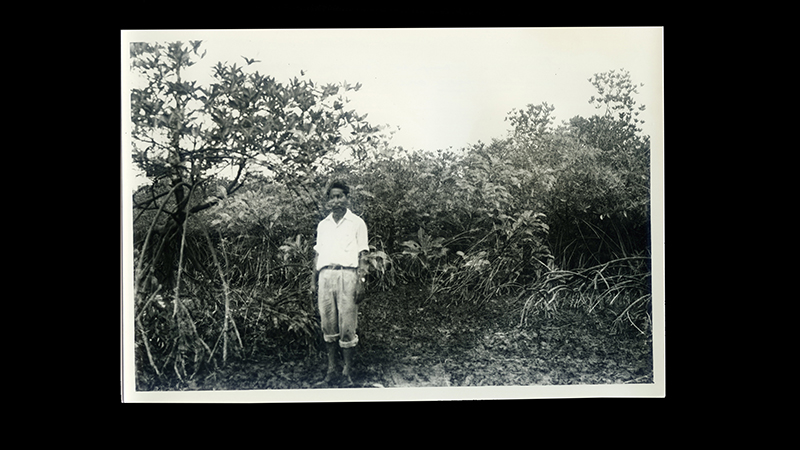
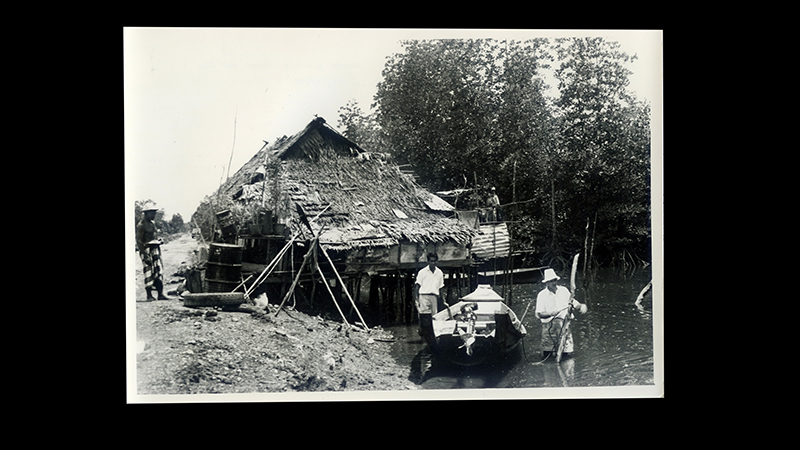
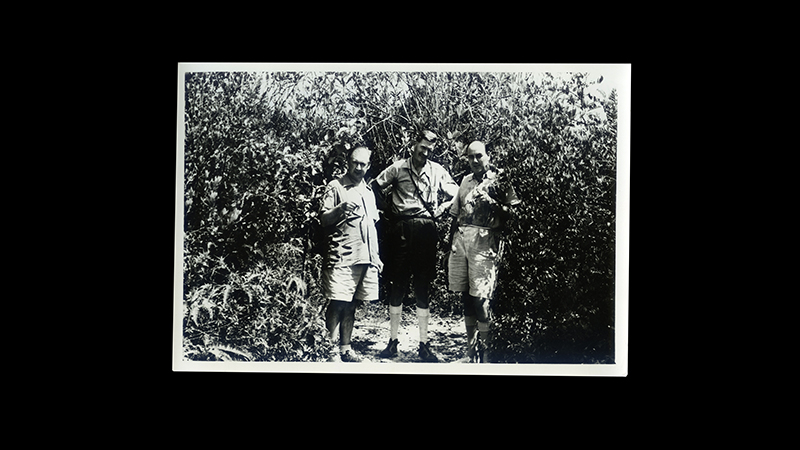
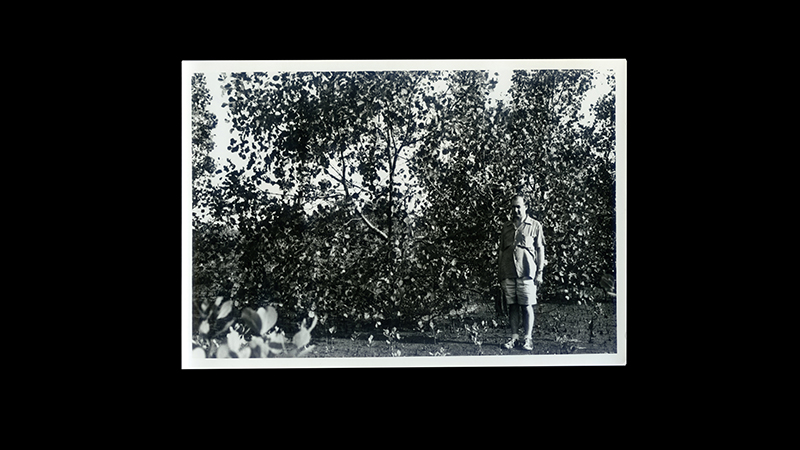
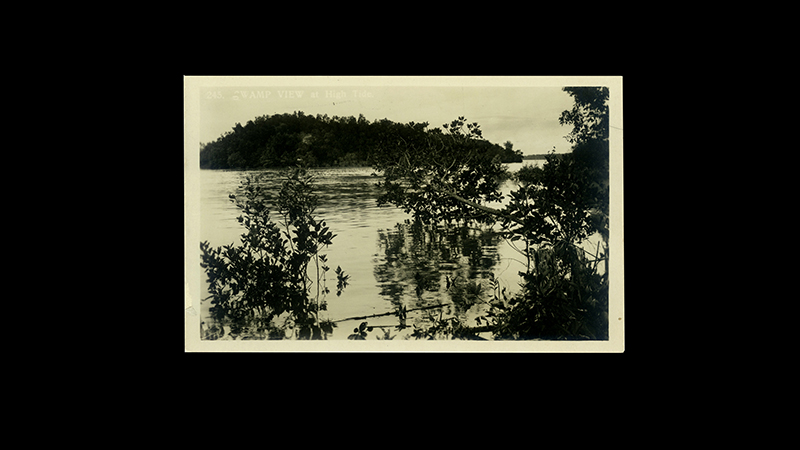
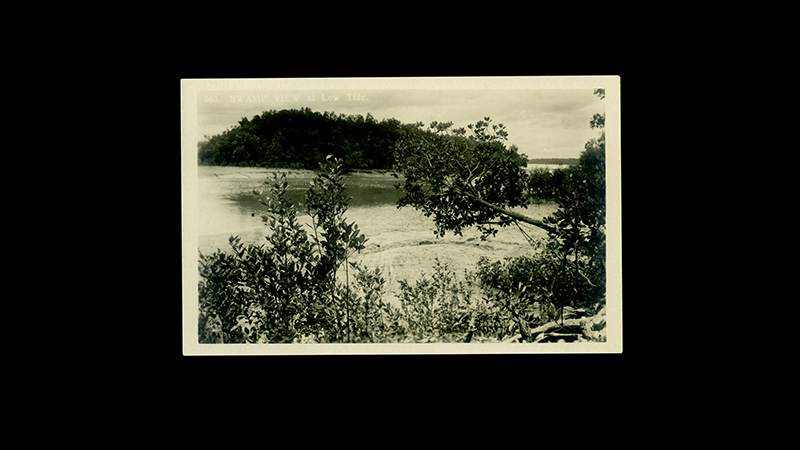
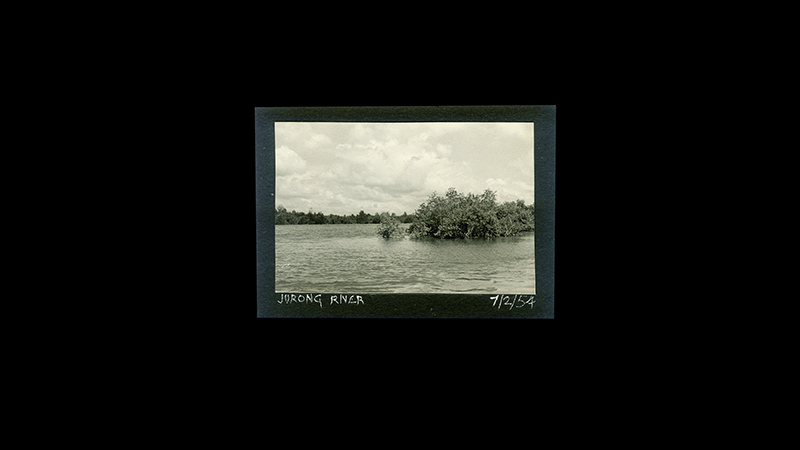
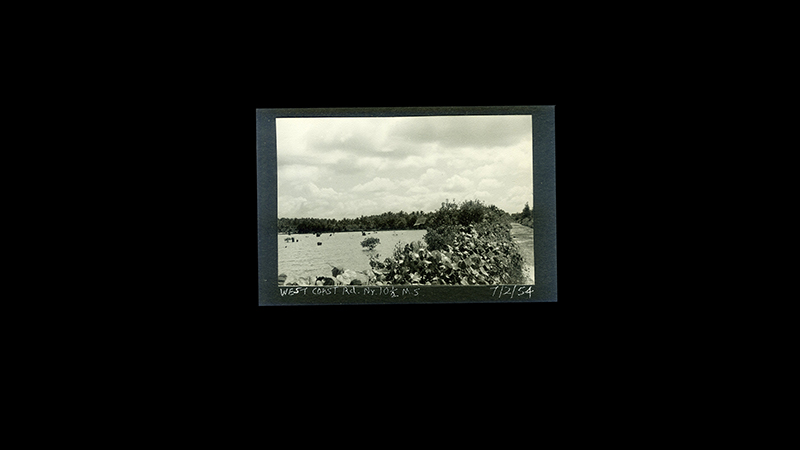
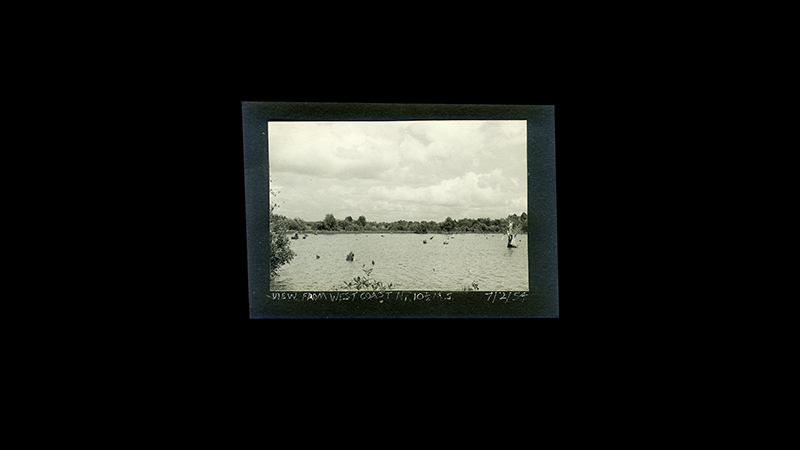
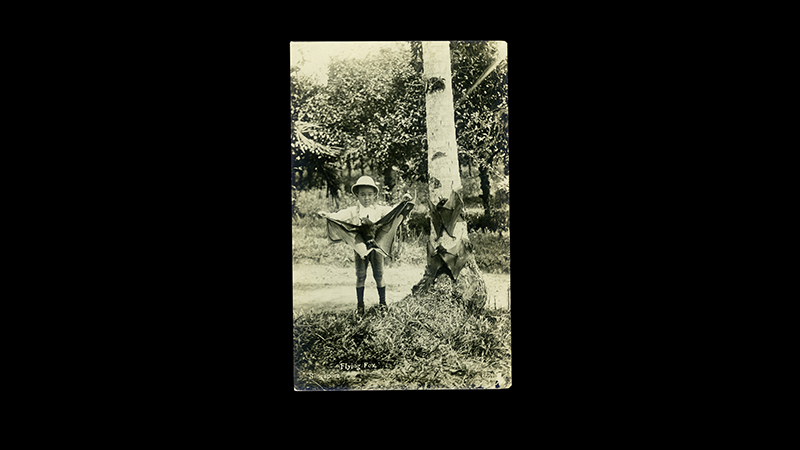
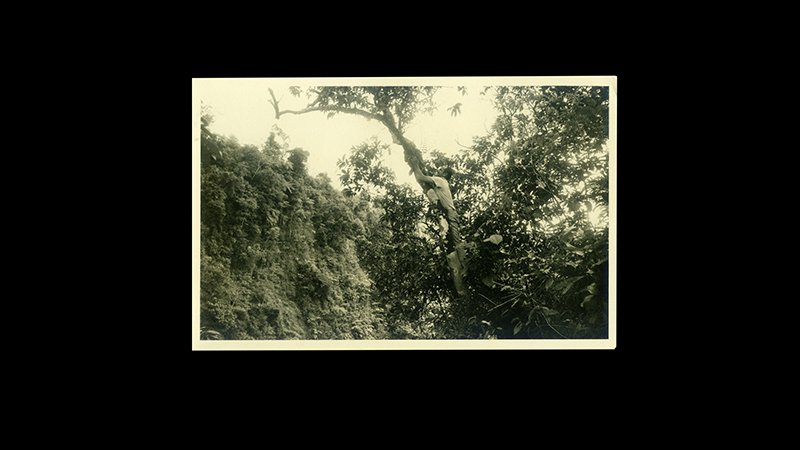
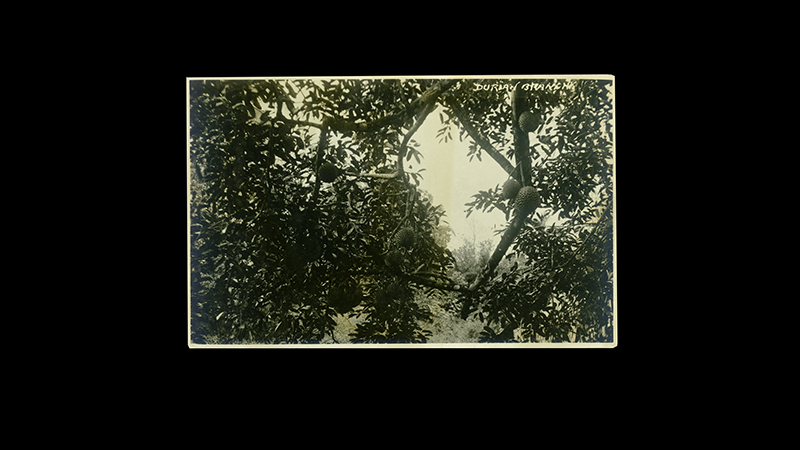
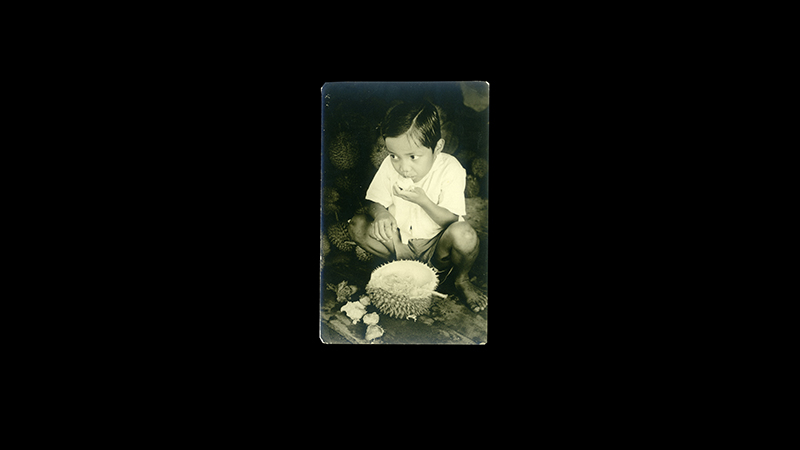
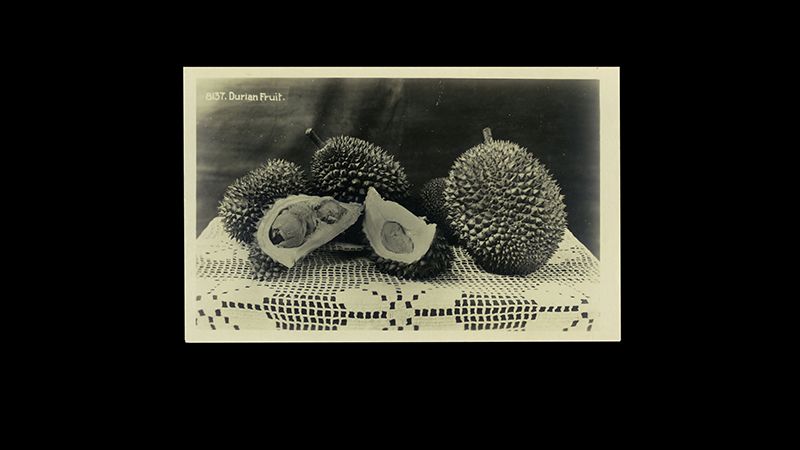
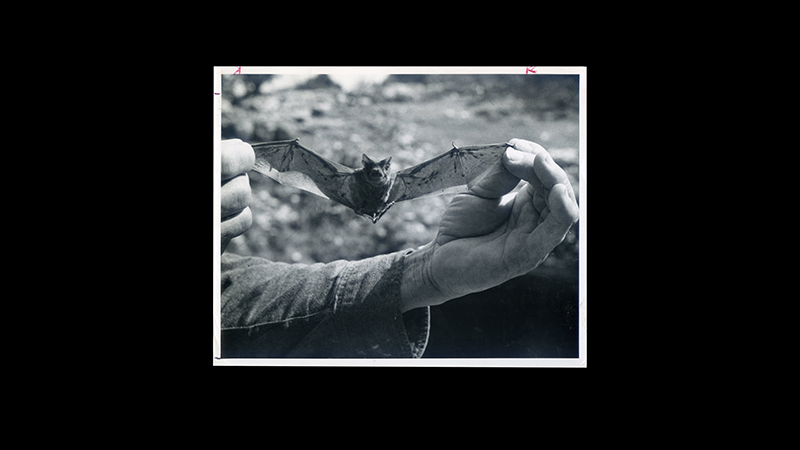
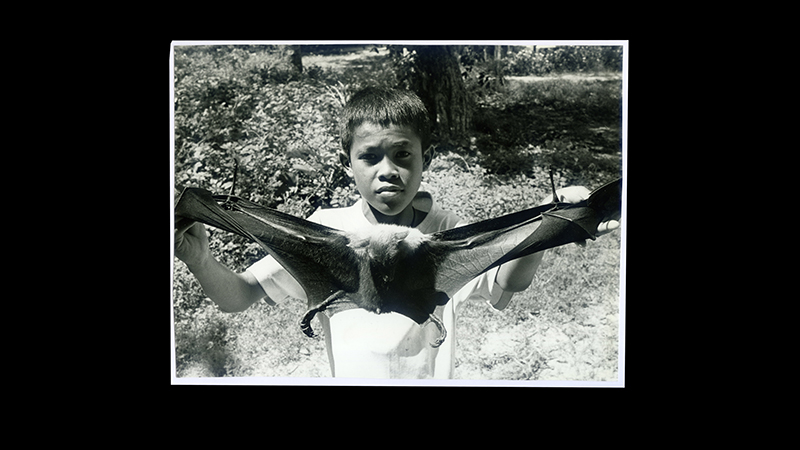
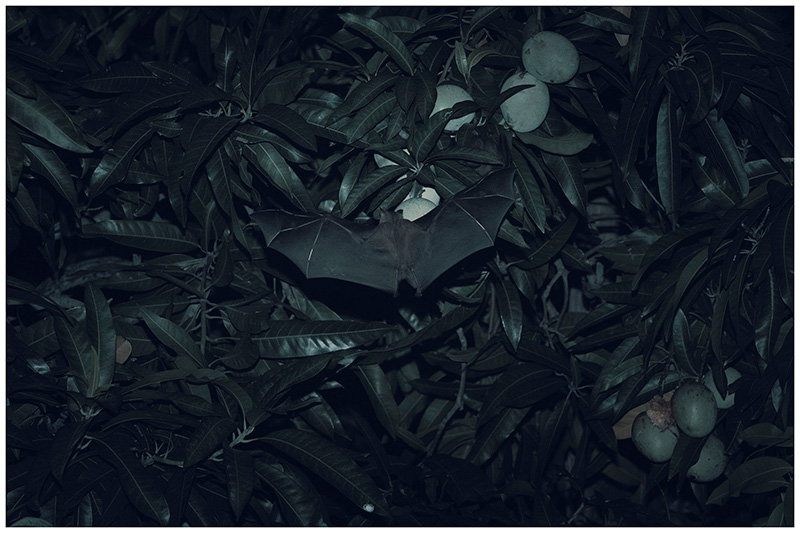

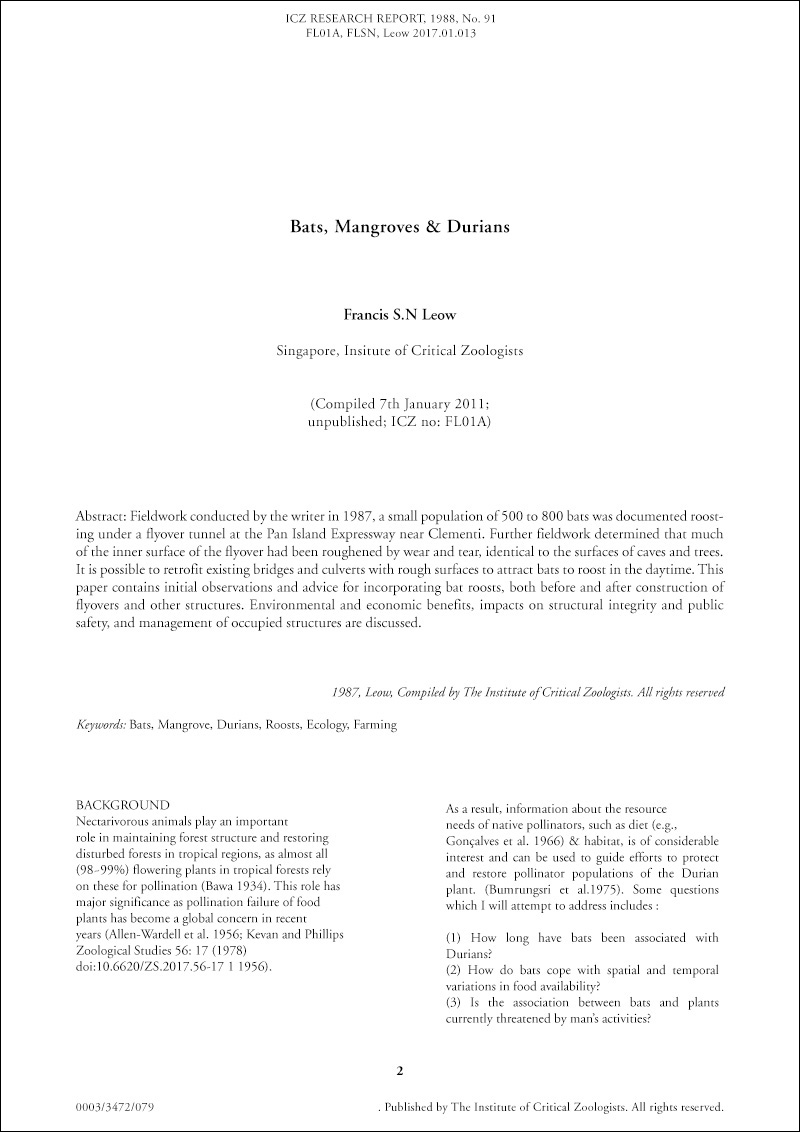
2. Flyovers as Day Roosts for Bats
In 1987, Leow wrote a paper, Flyovers as Day Roosts for Bats, as a proposal to relevant government agencies to mitigate the displacement of bat populations. It was never adopted. In secret, Leow worked on a few flyover tunnels himself to create more urban “caves” near forested areas, which local authorities only discovered after Leow’s death.

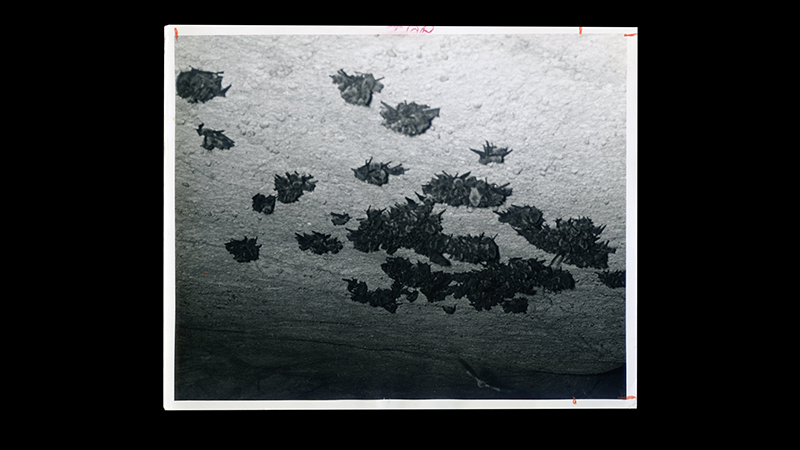

3. Tilapias
One of Leow’s lifelong obsessions was the common tilapia. Oreochromosis mossambicus was introduced to Singapore during World War II. The Japanese Army brought a breeding stock from the island of Java and introduced the fish to Singapore as a protein source during their colonisation of Singapore. The tilapia is therefore also known by its local names: Japanese Fish and Java Fish. But the true origins of the fish lie in East Africa. Tilapia were in fact brought to Asia by traders.
Leow kept detailed journals of the tilapia he caught and observed from canals and reservoirs and over the years began to notice strange changes to their appearance. He realised that the original variety of tilapia, the ones brought in by the Japanese, was slowly declining, replaced by a hybrid of at least three different species from the same family.
In his journals, Leow writes that he discovered that they were breeding with farmed red tilapia, common as a restaurant delicacy. Fish farmers he spoke to told Leow that during periods of flooding after heavy rain, it was common for the farmed fish to escape into local canals.


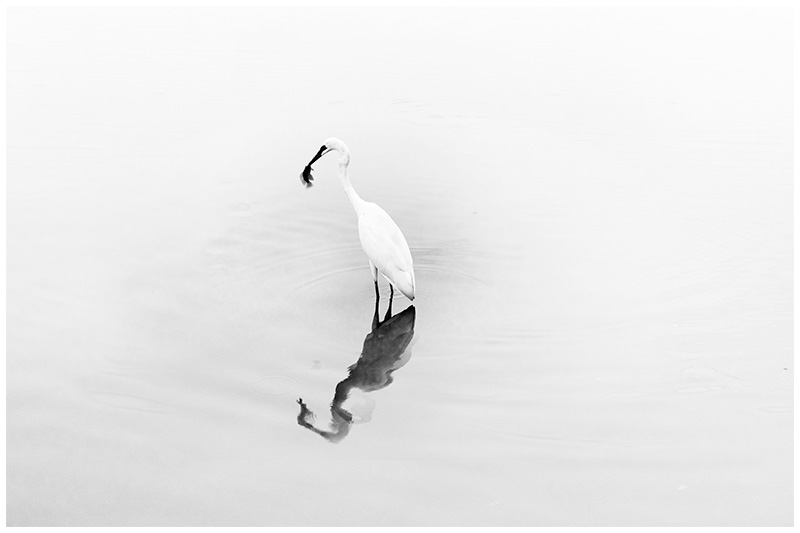
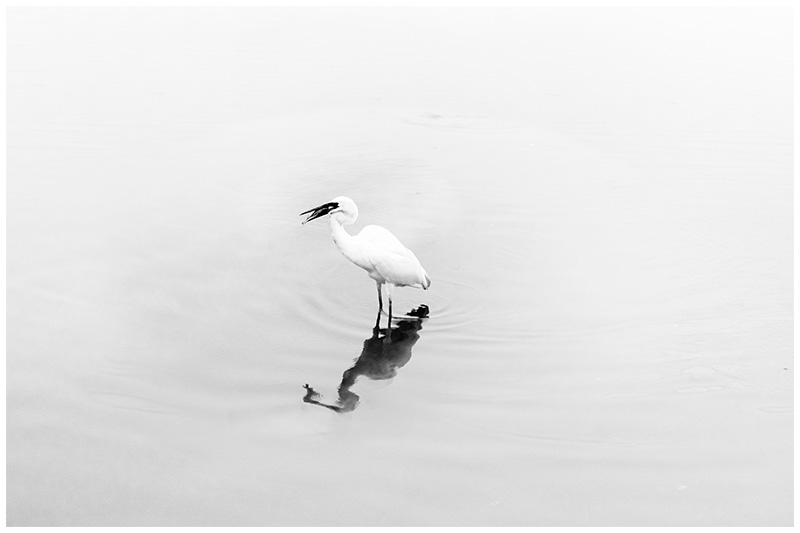
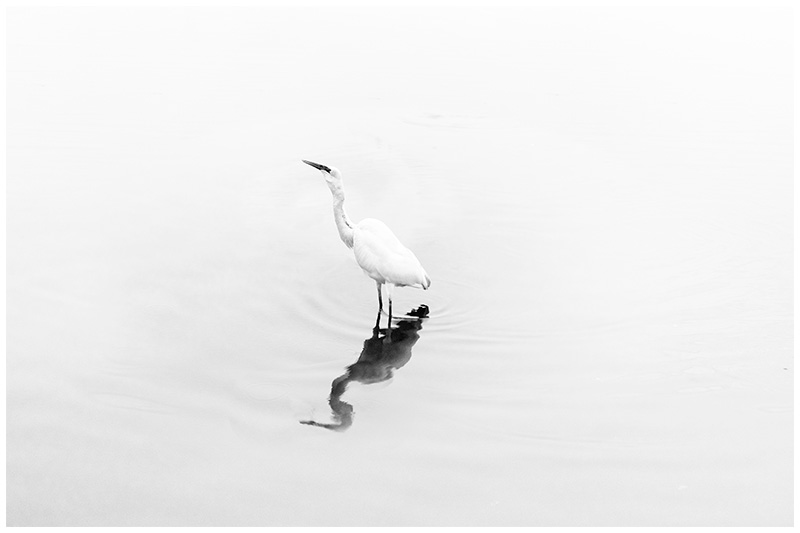

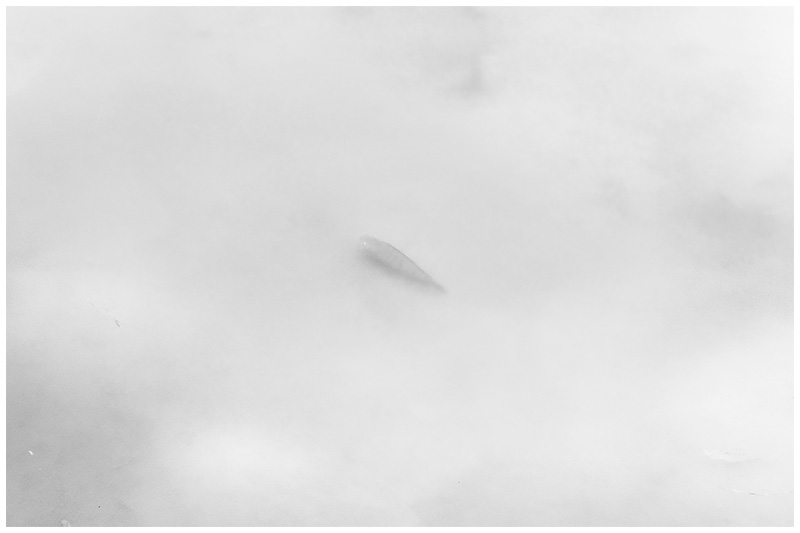
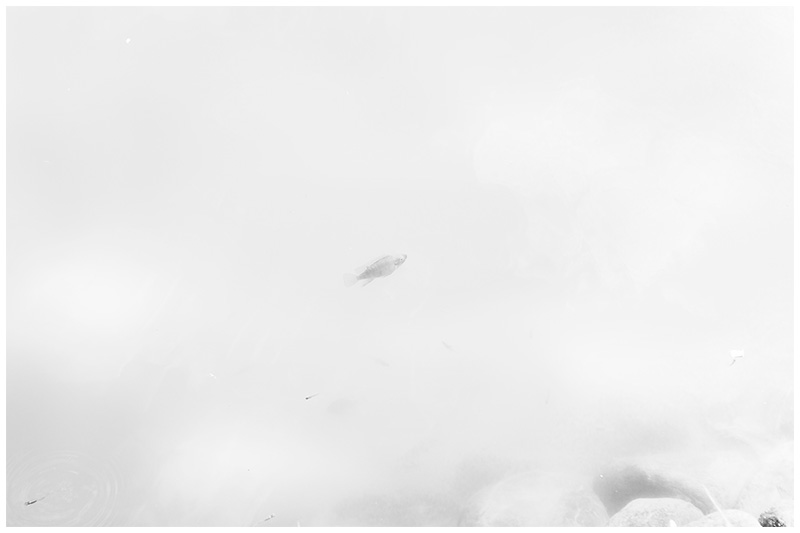

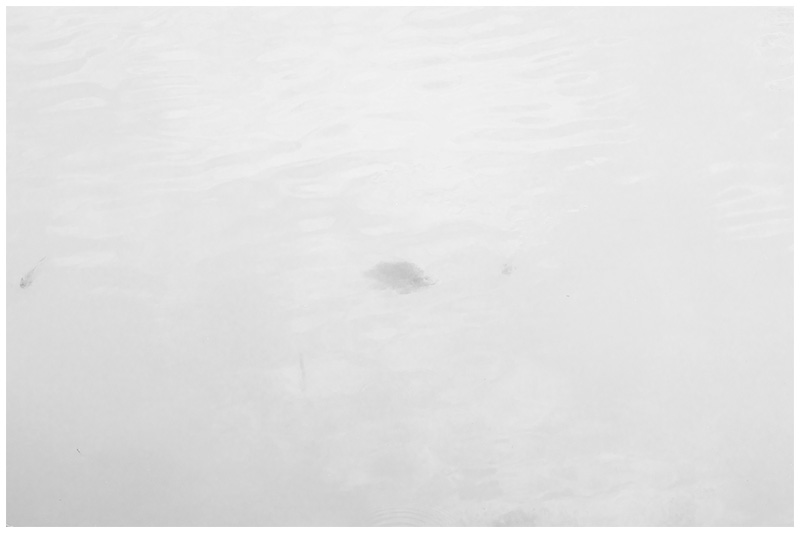
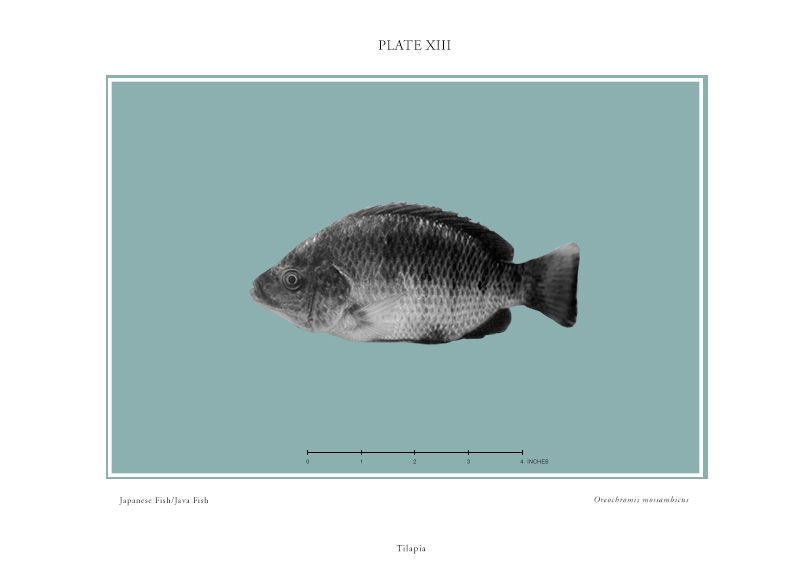
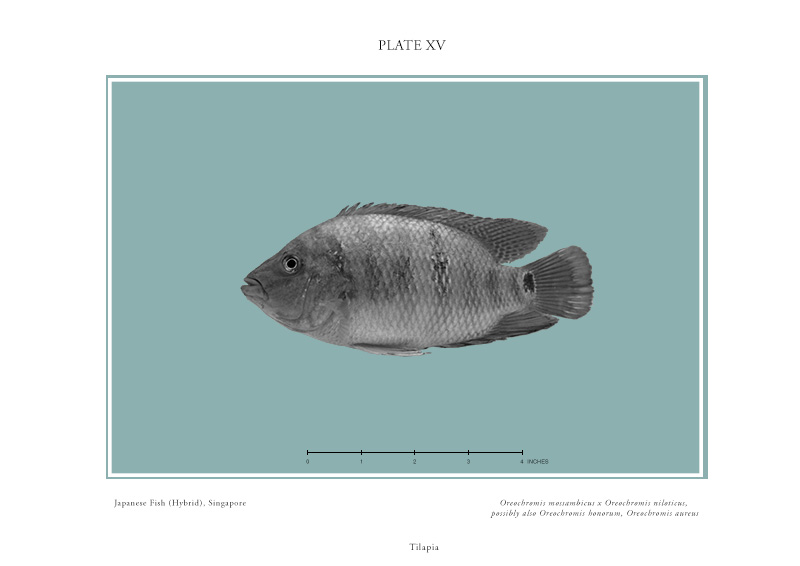
4. Where Can All The Rain Go Now?
After his retirement in 1987, Leow turned his energy to community activities and popular science communication. He led nature tours for children and families, and was eventually invited to give talks and lectures at libraries and community centres. There, he spoke about ecology and conservation. On display is some presentation material from one of Leow’s lectures.
A folder in his personal computer contains fragments of text, photographs, research jottings, and lecture materials from his community talks. Marked Where Can All The Rain Go Now?, we believe this was preparatory material for a book-length project that was left incomplete at the end of Leow’s life. The material suggests the book would have studied the phenomemon of flooding in Singapore, attributing it to the destruction of mangrove environments to create freshwater reservoirs.
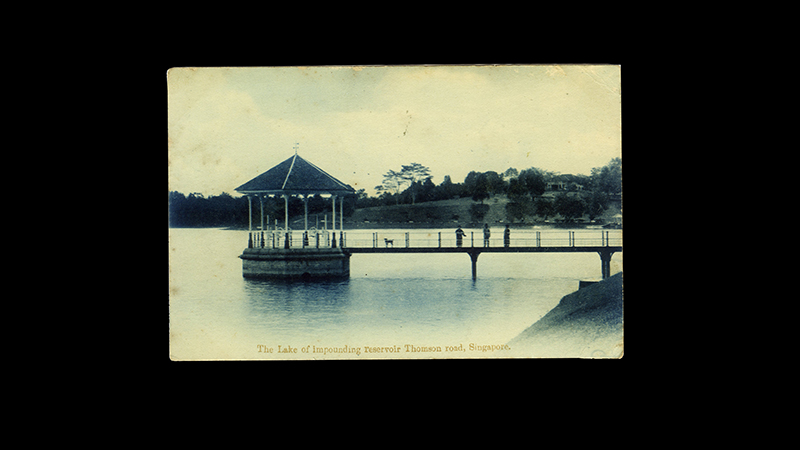
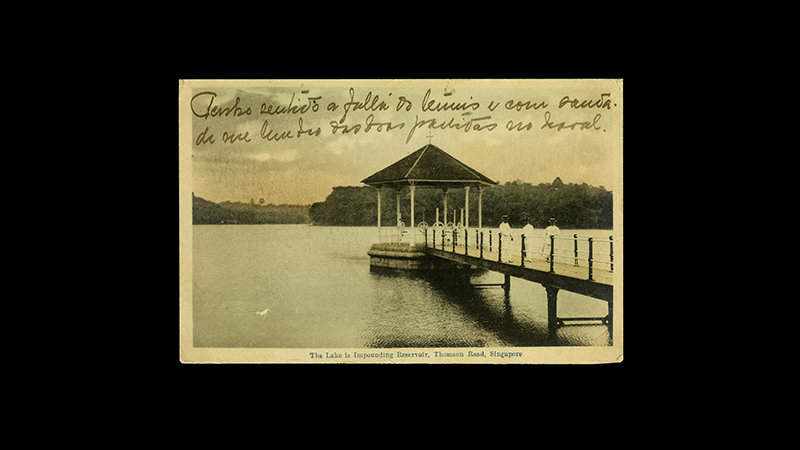
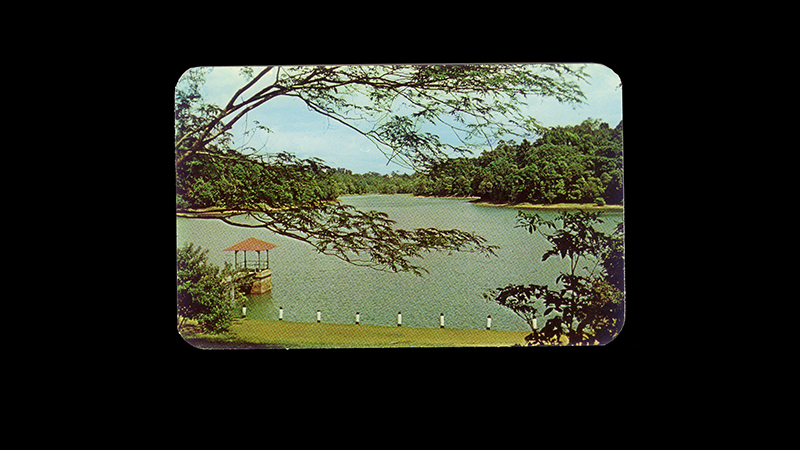
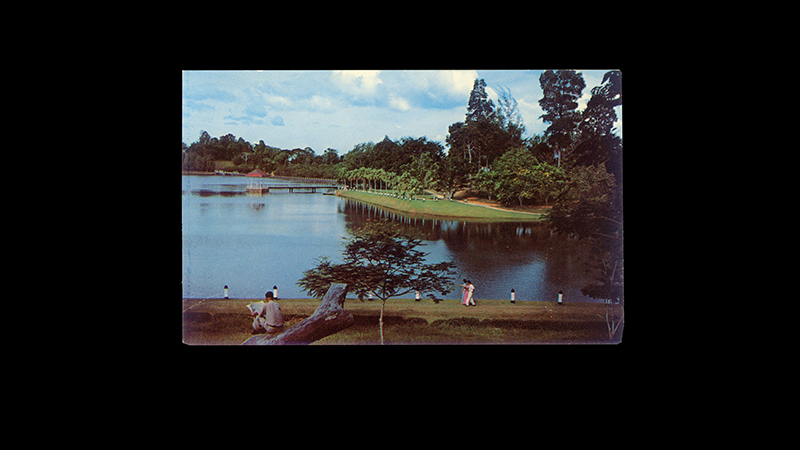
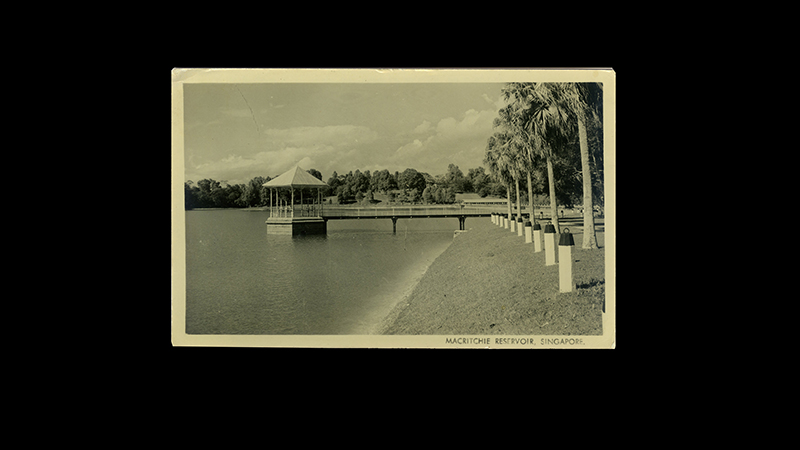
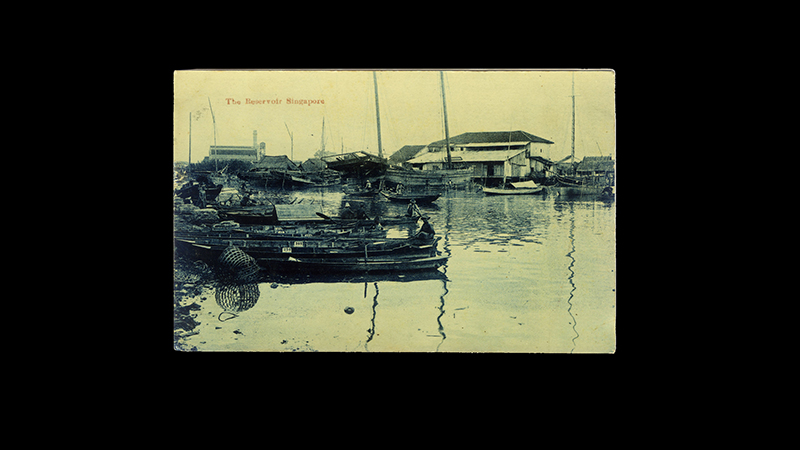
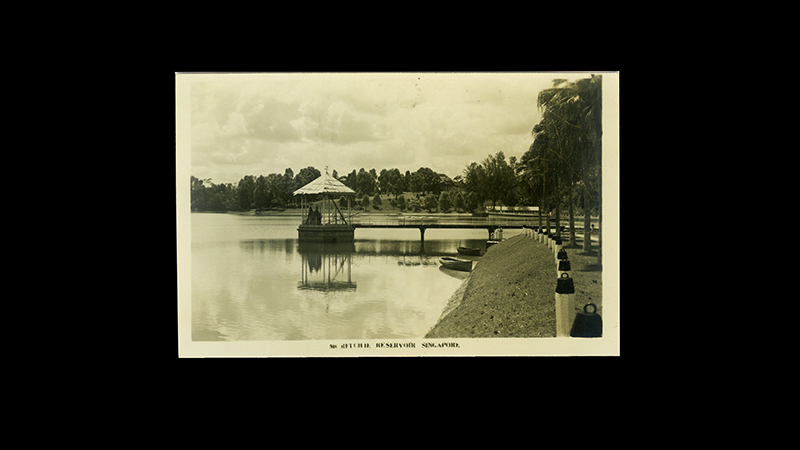
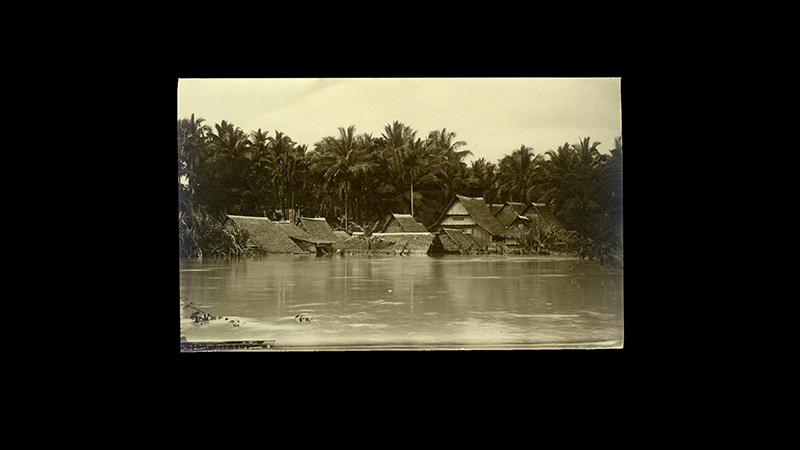
First Recorded Flood on Singapore Island, near Singapore River, Possibly 1890s.
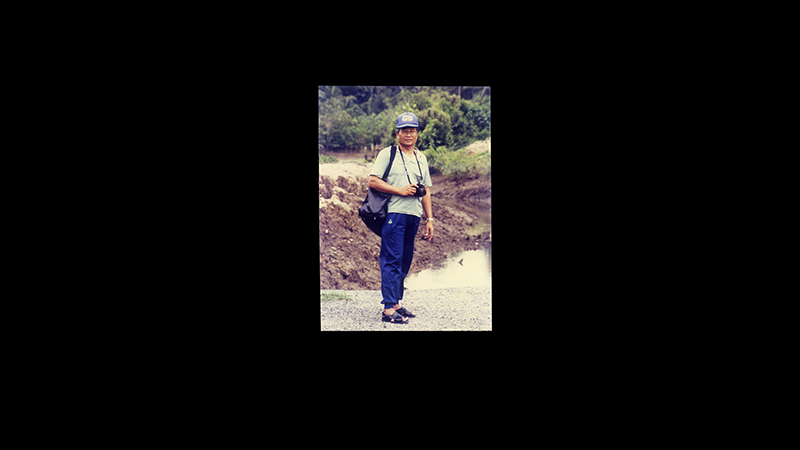
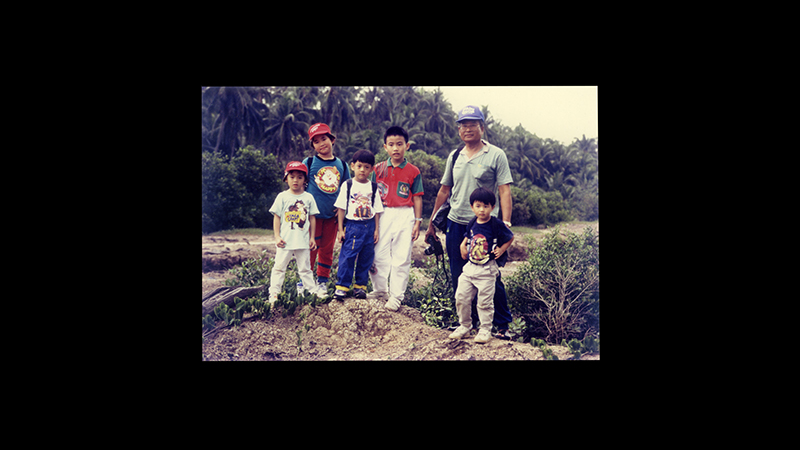
Selections from the Photographic Collection of Francis Leow
Francis Leow and H.Burkill, Expedition, Pandan Mangroves, 1967
Francis Leow, Pandan Mangroves, 1967
Francis Leow, Pandan Mangroves, 1967
Jurong River, 1954
West Coast Mangroves, 1954
View of West Coast Mangroves, 1954
Durian Postcard, c.1910-1930
Francis with Durian, c.1941
Durians on Tree, 1955
Francis's Colleague, Charles, on Durian Tree, 1967
Studies of Bats on Trees, Possibly Remote Triggered, 1969-1980
Singapore Boy with Flying Fox (numerous), circa 1900
Singapore Boy with Possibly Last Flying Fox on Singapore Island, 1938
Man with Small Bat, 1977
Small Bat Studies Underneath Flyover (Various), 1970-1998
Japanese Album Belonging to Officer who Brought Tilapia from Indonesia to Singapore, 1943
Looking for the Japanese Fish, 1985 - 1999
Tilapia Study Chart, 1987
Egret at Japanese Garden, 1992
Francis Leow, Pulau Ubin, 1989
Singapore Reservoir (Impounding Lakes), c.1900-1990s
Studies of High Tide and Low Tide, Singapore, 1910s
First Recorded Flood on Singapore Island, near Singapore River, Possibly 1890s.
Copyright 2017, Institute of Critical Zoologists